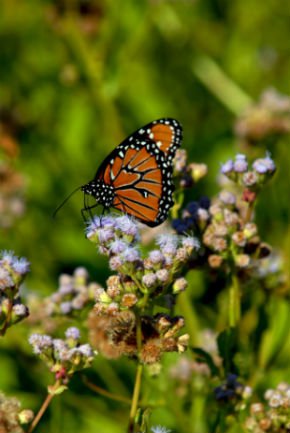Wildscapes: Home Lot Development

With a little careful planning, both peopleand wildlife can benefit from a new home! Developers buy tracts of land and subdivide them into homeowner lots. How the developer chooses to subdivide the tract depends on several factors such as the lay of the land, location within the city, the cost of the tract, public demand, etc. The developer has the power to establish deed restrictions on how individual lots will be developed. Even after the lots are sold to builders for development, the developer still maintains ties to the tract of land he has purchased, often through the subdivision's neighborhood association. He may still be responsible for enforcing deed restrictions to builders and even to the homeowners once they've moved in, although sometimes this can prove to be a difficult task.
If the developer's deed restrictions are vague or non-existent, then it allows a builder to remove what they want to on the lot. To some builders, this may mean stripping it clean to make building easier and more cost-effective. But there are benefits if a builder retains as much of the native vegetation on the property as possible offering the future homeowner a savings in landscaping cots, maintenance and water consumption. It also reflects environmental concern for the local wildlife that may continue using the remaining trees, shrubs and ground covers as a source of food, cover or nesting sites.
What you can do to ensure your new home and neighborhood is exactly what you're looking for:
- Investigate by asking to see the developer's deed restrictions, if there are any.
- Develop a relationship with your builder. You need to know if the builder is willing to work with you, especially if your goal is to reduce stress on the environment and benefit wildlife, while still incorporating your building plans.
- Preview past developments or subdivisions established by your developer and builder. Past work will speak for itself.
- Be selective as this empowers you and other homeowners to guide builders and developers in an environmentally friendly direction. They want your business. If the majority of homeowners seek out builders and developers that cater to an environmentally friendly building ethic, others could be forced to change their way of building in order to stay in business.
- Investigate code and legal restrictions. Know what you may and may not do to avoid future conflicts.